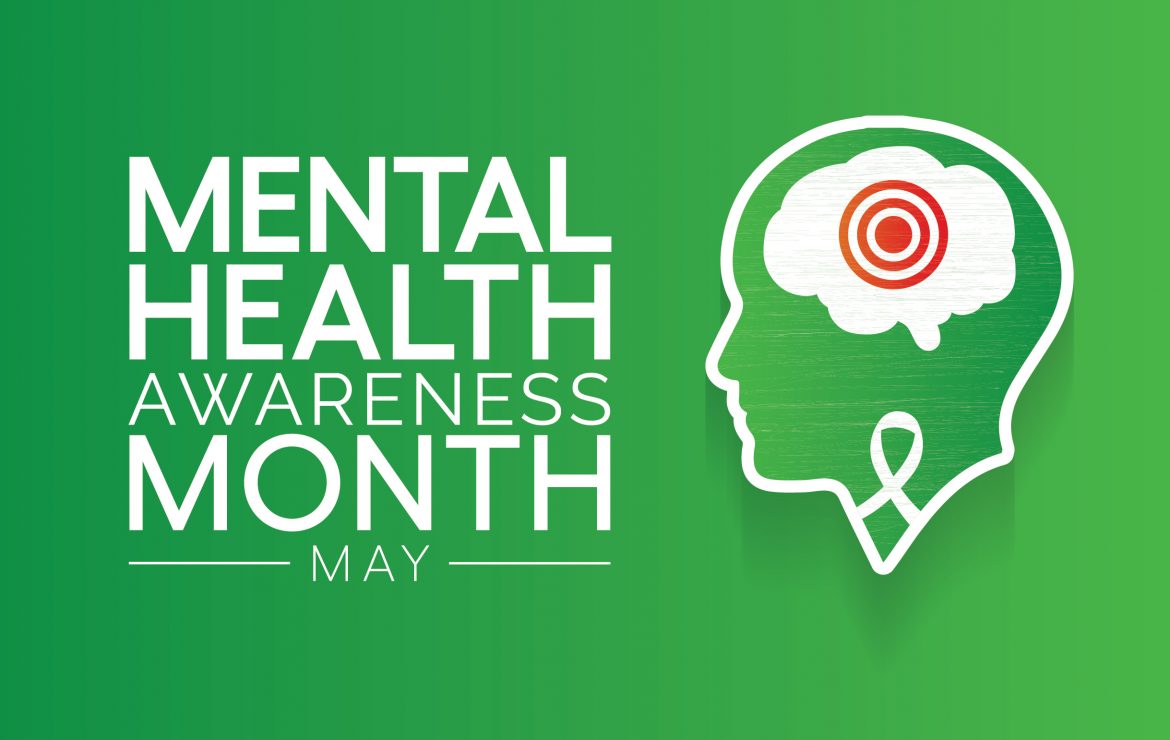Mental Health in the Workplace and What Actions to Take?

Many people may be reluctant to share they suffer from a mental illness, especially in the workplace, for fear of judgment by others. Mental illnesses include anxiety, depression, phobias, obsessive-compulsive, alcoholism, drug addiction, and more. With nearly one in five adults suffering from mental illness, employers are encouraged to create a supportive environment with wellness programs and educational mental health resources.
The construction industry is one of the most susceptible to mental health issues. In March of 2022, at WCRI, Dan Allen, the Executive Director at Construction Industry Corporation said, “suicide rates are the highest they’ve ever been in the [construction] industry.” A study done in 2020 found that 83% of construction workers have experienced a mental problem which is a leading cause of disability.
The construction industry is more prone to injuries for obvious reasons, but the concerns go beyond the job site. According to Allen, competition is fierce, profit margins are small, labor fraud is a huge problem, and everyone is under a great deal of stress. The National Association of Home Builders (NAHB), found mental illness costs the American economy $210 billion annually, with 50 percent of the cost endured by employers.
The impacts of mental illness are far-reaching and extend beyond construction to include all industries. According to the CDC, “mental health includes our emotional, psychological, and social well-being. It affects how we think, feel, and act” and is important in all stages of life.
What Happens When Mental Health is not Addressed in the Workplace?
Not addressing health problems impacts everyone in an organization through increased absenteeism and decreases productivity and profits.
It also decreases:
- Job Performance
- Near hits, incidents, and injuries
- Communication with coworkers
- Job satisfaction
- Increase turnover
What Actions Can Organizations and Employees Take?
Leaders play an essential role in developing a caring culture that breaks down barriers in addressing mental health and worker wellbeing. Employees need to do their part by making their needs known.
Not investing in employees’ mental health can be a huge cost to organizations due to decreased productivity and high turnover. Employers can invest in employee and leadership training and offer mental health apps. Educating leadership on having discussions about mental health is a good and important topic that can help provoke employees to talk about their struggles. Employees can also share their personal experiences with others to help encourage an open dialogue.
Ways organizations can help mold the caring culture:
- During the employee orientation, describe the mental healthcare resources
- Incorporate employee feedback into workplace policies and practices
- Provide recognition to employees for their work
Offering self-assessment tools can be highly beneficial to the employee. Organizations that provide assessment tools will help employees identify problem areas and get help.
It takes everyone working together in an organization to develop the right tools and resources to combat mental illness. Together, we can help protect one another from internal and external threats.
Resources:
Centers for Disease Control and Prevention. (2021, June 28). About mental health. Centers for Disease Control and Prevention. Retrieved May 10, 2022, from https://www.cdc.gov/mentalhealth/learn/index.htm
Allen, D. (2022, March 16). WCRI. In The Future of the Workplace after COVID-19. Boston, MA.
National Institute of Mental Health https://www.nimh.nih.gov/health/statistics/mental-illness#:~:text=Mental%20illnesses%20are%20common%20in,(52.9%20million%20in%202020)
BC Building Trades https://bcbuildingtrades.org/83-of-construction-workers-have-experienced-a-mental-health-issue/
National Association of Home Builders https://www.nahb.org/advocacy/industry-issues/safety-and-health/mental-wellbeing










